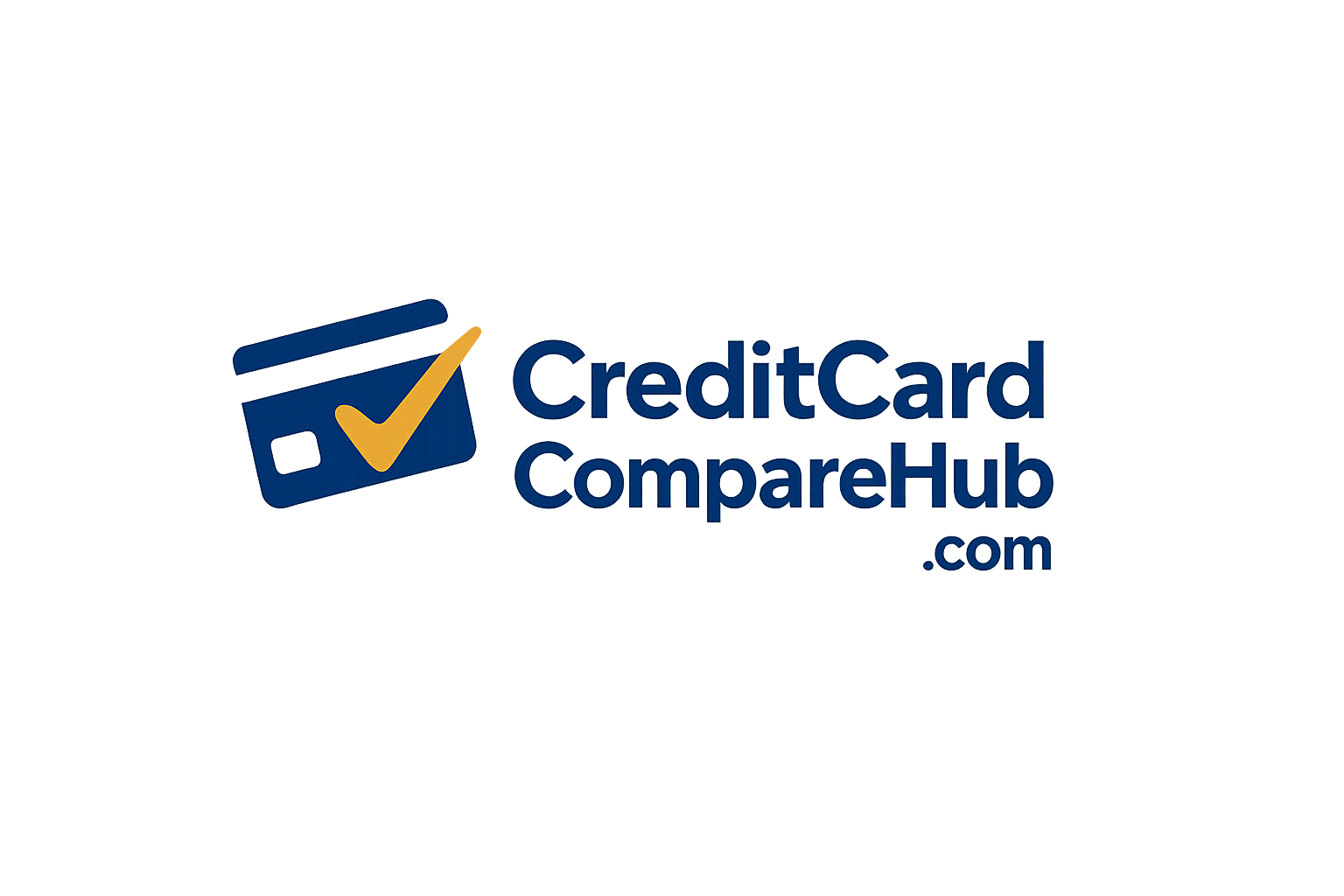What to Do If Your Credit Card Is Stolen
Use your credit card issuer’s mobile app or website to lock your lost or stolen credit card right away. Digital tools from major banks like Bank of America, Chase, and American Express let you block transactions in seconds, so no one can make unauthorized purchases or cash advances with your card.
Mobile banking apps for Visa cards and MasterCard International also offer quick ways to prevent fraudulent charges before they happen.
My friend had her platinum card lifted during a dinner at a five-star New York restaurant. She used the digital wallet feature on Apple Pay to freeze her account within minutes; not a single dollar went missing thanks to acting fast.
Locking your card shuts down thieves before they can even try running up bills or targeting your checking account through overdraft protection linked to debit cards. This simple move protects your credit score under federal law and limits liability under the Fair Credit Billing Act.
How Do I Report a Stolen Credit Card and Get a Replacement?

Call your credit card issuer right away using the number on their website or bank app. Most credit card companies will cancel your lost card and send a replacement with new encrypted information so you can keep making secure payments, whether online or through digital wallets like Google Pay.
How do I report my credit card as stolen?
To report your lost or stolen credit card, log in to your credit card issuer’s app or website right away and lock the card. Contact your credit card company using their secured helpline for stolen cards.
Most major issuers offer 24/7 support through dedicated phone lines found on their websites, mobile banking apps, or even the back of another active card if you have one handy. Explain that you suspect theft so they can flag any fraudulent charges under zero liability policy rules.
Federal law limits your loss from unauthorized transactions to $50 as long as you report the theft quickly, but many card companies waive this fee entirely if reported promptly. After notifying your issuer, ask for a confirmation email with a reference number for documentation purposes.
If identity theft seems likely, visit IdentityTheft.gov for recovery tools and further steps.
Most top-tier credit cards now let users lock their accounts in seconds with just a tap — fast action means less risk.
How can I request a replacement credit card?
Contact your credit card issuer as soon as you notice a lost or stolen credit card. Call the customer service number printed on your monthly statement or use secure communication through online banking for faster results.
Inform the representative that someone stole your card, and clearly state that you need a replacement sent right away. Request confirmation that the compromised account is now fully canceled to stop unauthorized transactions.
In my own experience, a quick call got my card canceled in under five minutes, and I received the replacement within two business days at no extra fee. Most issuers follow federal law and offer a zero liability policy for fraudulent charges once you report theft immediately.
Ask if they will overnight ship your new prepaid card or add it to your digital wallet instantly for continued use while waiting by mail. Some banks may also ask security questions about recent purchases to verify account ownership before starting the reissue process.
Once you’ve settled everything with your bank, check for unauthorized charges on all linked accounts next.
How Can I Check for Unauthorized Charges on My Account?
Review your credit card statement and account activity online every few days. I once spotted a $299 charge for electronics in Miami, a city I have not even visited this year. Checking your bank statements and digital wallet history helps reveal fraudulent credit card charges fast.
Use alerts from your credit card issuer to get notified right away about large or suspicious transactions.
Get your annual free credit report at AnnualCreditReport.com to ensure no one opened new lines of credit with your social security number. Place a fraud alert on all three major bureaus so any lender must verify identity before approving new accounts, which blocks most forms of identity theft linked to lost or stolen cards.
These steps limit damage from unauthorized purchases and help you catch problems like overdrafts or fees caused by fraudulent activity before they affect your FICO® score.
What Are the Best Ways to Protect My Credit After Theft?
Protecting your credit after theft is crucial to avoiding further financial damage. Fraudsters can wreak havoc on your financial health if they access your accounts. Here are effective strategies to keep your credit secure:
- Monitor account statements closely for any sign of unauthorized transactions. Look at each entry on your credit card and bank statements to spot fraudulent charges early.
- Alert your credit card issuer as soon as you suspect fraud. They can freeze the compromised account, block fraudulent charges, and issue a replacement card.
- Review your credit report regularly through major bureaus—Experian, Equifax, and TransUnion—to detect any suspicious activity or identity theft signs.
- Place a fraud alert on your credit reports. This action requires creditors to take extra steps to verify your identity before issuing new credit in your name, offering an added layer of protection.
- Consider freezing your credit with all three major credit bureaus. A credit freeze restricts access to your credit report, making it more difficult for identity thieves to open new accounts in your name.
- Report the theft to the police and obtain a report. Lenders and creditors may require this documentation when you dispute unauthorized charges or accounts opened by the thief.
- Engage in identity theft protection services that monitor for fraudulent use of your personal information and offer recovery assistance if theft occurs.
- Securely manage passwords and use multifactor authentication (MFA) where available for online accounts, adding a layer of security beyond just a password.
- Shred documents containing sensitive information before disposal to prevent dumpster divers from getting their hands on valuable data like account numbers or social security numbers.
10 Use digital wallets for payments when possible since they provide encrypted transactions that can shield card information from thieves better than traditional magnetic stripe cards.
11 Avoid sharing personal details or conducting transactions over unsecured public Wi-Fi networks where hackers might intercept data.
12 Activate notifications from financial institutions to get instant alerts about unusual activity in connected accounts or when large purchases are made, allowing you to react swiftly in case of unauthorized use.
Conclusion
Losing a credit card can feel stressful, but quick action limits the damage. Lock your lost card and alert your bank right away to stop unauthorized transactions. Review every statement carefully for fraudulent charges, then request a replacement from your issuer.
Use tools like credit monitoring and fraud alerts to keep identity theft at bay. A few smart steps today help you recover fast and protect your finances tomorrow.
FAQs
1. What should I do if my credit card is lost or stolen?
Immediately contact your credit card issuer to report the lost or stolen credit card. They can cancel the card and issue a replacement one, protecting you from unauthorized transactions under federal law.
2. How does the Fair Credit Billing Act protect me in case of a stolen credit card?
The Fair Credit Billing Act limits your liability for unauthorized charges on your account. If you report a lost or stolen card before any fraudulent charges are made, you won’t be responsible for those charges.
3. What steps can I take to prevent identity theft after losing my credit card?
Firstly, monitor your FICO® score and credit statements regularly for any unusual activity. Secondly, use two-factor authentication when available and avoid using public Wi-Fi for financial transactions as it may not have encrypted information.
4. Can digital wallets help prevent unauthorized purchases if my physical card gets stolen?
Yes, digital wallets provide an additional layer of security by not sharing your actual card details during transactions but instead using unique transaction identifiers that cannot be used again.
5. How does Visa’s zero-liability policy protect me in case of a fraudulent charge on my lost or stolen Visa’s Card?
Visa’s zero liability policy ensures that customers aren’t held responsible for unauthorized purchases made with their cards whether online, over the phone or in stores.
6.Are there other resources available to assist victims of identity theft?
Yes! You can visit websites like IdentityTheft.gov run by Federal Trade Commission which guides you through each step to recover from identity theft including placing fraud alerts and filing disputes about unauthorized charges.

 Previous Post
Previous Post Next Post
Next Post